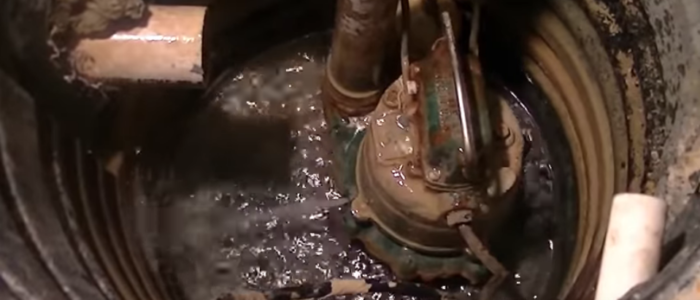Service Contract Lapsed? Sump Pump Not Regularly Checked? It May Not Work When Needed!
Homeowners, and business owners, sometimes receive an unexpected surprise when a basement pump fails to turn on. Especially if it happens during one of the UK’s increasing number of heavy rainfall events. In some cases, a regular service contract has lapsed and a full maintenance check not recently carried out. In other situations, there is an issue with the sump pump specification and installation or simply no back up system in place.
In 2019, the UK experienced the fifth wettest autumn on record with 348mm of rainfall (Met Office). More than 145mm of rain fell in December alone – up from 116 mm in December 2018, according to Southern Water. There is also 13 per cent more rain during the summer months compared to last century.
For the owners of one in six properties across England at risk of flooding (Environment Agency), looking after your sump pump should now be high priority. Winter precipitation is predicted to steadily increase by 8 per cent during the 2020s, and doubling again to 17 per cent by 2050.
Article Chapters
A minor fault, such as a blown fuse could easily have been rectified
The simple fact is that the integrity of a basement’s waterproofing relies on a properly functioning sump pump system for removing the collected rainwater. A minor fault, such as a blown fuse or an accidentally disconnected pump could so easily have been rectified with a regular maintenance check. It could also have prevented a flooded basement and the inevitable long and patient wait for an insurance assessors decision, which could still mean additional refurbishment costs for the owner.
Mechanical failure is another reason why a sump pump fails to operate. One cause is if large pieces of debris have entered to create a blockage. Pumps with filter screens will also become clogged with debris over time and require regular cleaning. Alternatively, the discharge pipe or the perimeter drain system may have become blocked. Once again, a regular service check would have spotted the problem.
Overheating caused by repeated, extreme rainfall
Another common fault is if the pump’s float switch has failed. Over time, the natural vibrations of a pump whilst in operation can cause the unit to slightly move off-kilter in the sump pit. Often as a result, the float switch is squeezed against the side of the sump pit while in the “off” position and is unable to automatically turn back on when required.
A primary cause of mechanical failure is overheating as a result of excessive use caused by repeated, extreme rainfall. In some cases, the pump is unable to adequately handle the volumes of water because it is under-sized or incorrectly installed.
Right-sized sump pump and back up system is critical
The specification and installation of the right-sized sump pump and back up system is critical. It’s also important for the sump pit to be correctly sized. A sump pump will continuously and unnecessarily switch on if the sump pit is too large and forced to turn on and off more often as the water is pumped out if the pit is too small.
An unexpected power outage during an extreme weather event can be overcome with the installation of a separate battery back up, which will provide 5 – 6 hours of vital, continuous use. A separate circuit may also need to be installed, which can safely handle both a normal continuous power requirement and a sudden additional load when the pump activates. A low-energy battery backup can quickly run out of power.
Regular maintenance checks
– prevents sudden sump pump failure!
TEL 01634 215192

